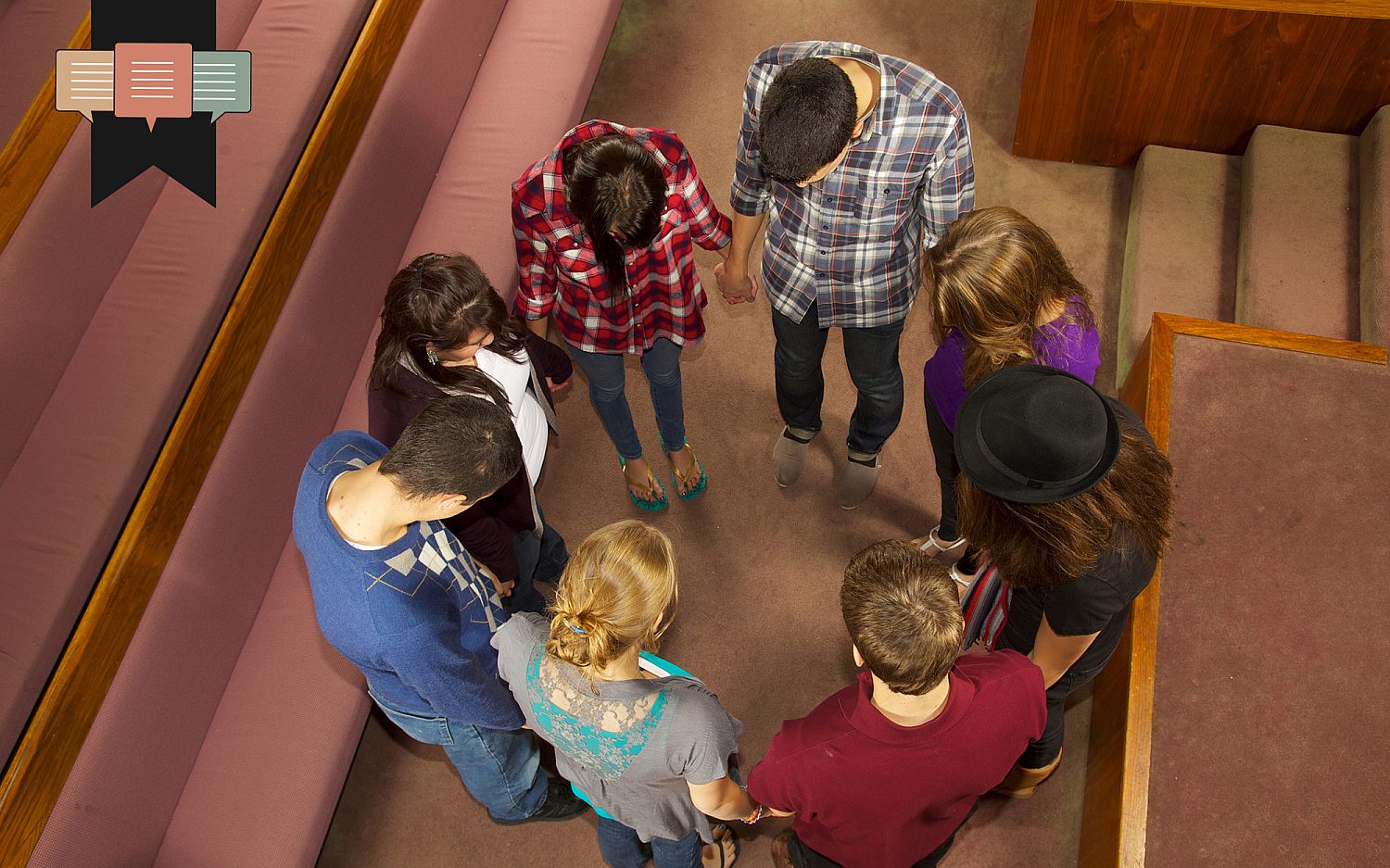A “quiet revival” may be a small one
Gen Z is reportedly returning to church ... but the same was once said of Millennials
iStock / Getty Images / Photo by John Scott Leigh III

Full access isn’t far.
We can’t release more of our sound journalism without a subscription, but we can make it easy for you to come aboard.
Get started for as low as $3.99 per month.
Current WORLD subscribers can log in to access content. Just go to "SIGN IN" at the top right.
LET'S GOAlready a member? Sign in.
Scan social media or glance at recent headlines, and you might sense a religious revival brewing among Gen Z. Reports enthusiastically claim that young people (especially young men) are returning to church, driven by newfound spiritual hunger. They’re curious about religion, drawn to tradition, growing skeptical of woke ideology, weary of post-modernity, and open to reconsidering Christianity. Whether it’s the remarkable success of The Chosen, the surge in first-time Bible sales, stories of OnlyFans models being baptized, or viral apologetics moments on college campuses, something exciting appears to be unfolding among young people.
A recent Bible Society report titled “The Quiet Revival” highlights significant increases in religious engagement among young adults in England and Wales. Monthly church attendance among 18- to 24-year-olds jumped from just 4 percent in 2018 to 16 percent today, with young men leading this surge. Belief in God or a higher power rose from 28 percent to 45 percent over the same period. In the United States, a similar narrative emerges. Pew Research data indicates that the rapid decline in Christian affiliation has slowed, stabilizing around 60 percent between 2019 and 2024. Regular prayer and church attendance have likewise remained relatively consistent during these years, hovering around 44 percent and one-third of the population respectively.
While these findings are undoubtedly encouraging, particularly after decades of documented religious decline, there is a risk of reading too much into this “quiet revival.” While it may dampen the enthusiasm, we must approach such reports with caution and rigor. For example, despite the online buzz about droves of converts flocking to Roman Catholicism, the hard truth remains starkly different: for every one person joining the Catholic Church, approximately 8.4 leave. Similarly, data on Gen Z offers a sobering reality check. This generation attends worship services less frequently than any previous generation, and its share of religiously unaffiliated—atheist, agnostic, or “nothing in particular” remains very high, comparable to Millennials. While outright religious disaffiliation may have plateaued, it certainly hasn’t reversed, with Christianity remaining obsolete for many Gen Zers. As Ryan Burge warns surveying this data, wishful thinking, selective reporting, and biassed algorithms can easily fuel revival narratives, but the hard data simply doesn't support such optimism (at least not yet).
Indeed, Christians have been down this road before, and quite recently. During the late 1990s and early 2000s, similar excitement swirled around Millennials, who were predicted to spearhead a new religious resurgence. Approximately 1 in 4 U.S. public schools hosted a Christian prayer club, energized by legal debates over school prayer. Benny Proffitt, a Southern Baptist youth-club planter, captured much of the enthusiasm of the era, telling Time, “We had no idea in the early ’90s that the response would be so great.” Christianity Today similarly captured this fervor, reporting signs of revival across college campuses and burgeoning youth ministries in local churches. Most striking was the transformation at Brownsville Assembly of God, where youth attendance skyrocketed and became the stuff of legend. Likewise Christian gatherings such as Passion Conferences, TheCall, and other events drew massive crowds. So much so that Pope John Paul II famously described World Youth Day as a “spiritual revolution,” further fueling hopes of a coming religious sea change.
The Columbine High School massacre of 1999 further galvanized this optimism. The tragic events seemed to have sparked a widespread religious awakening among American teenagers, as documented by Time. As WWJD bracelets became ubiquitous, Newsweek likewise reported on the rise of abstinence pledges and the growing appeal of prayer and spiritual searching among teenagers. The compelling story of Cassie Bernall, widely believed to have professed her faith moments before her death, was seen as emblematic of a new generation’s bold countercultural faith.
This hopeful outlook reached its zenith with Neil Howe and William Strauss’s influential book, Millennials Rising: The Next Great Generation. Their research painted Millennials as deeply spiritual and more religiously engaged than their predecessors, citing much of the data and anecdotes mentioned. Howe and Strauss suggested Millennials were eager not merely for personal spirituality, but for organized, communal religion as well. Church leaders, commentators, and youth ministries enthusiastically embraced these predictions, convinced a widespread renewal was imminent.
Yet, the optimism gradually faded, and subsequent studies documented a pronounced drift away from formal religion among Millennials, proving Howe and Strauss dramatically wrong.
This recent history should temper current optimism about Gen Z. Yes, there are genuinely encouraging signs—worthy of attention, hope, and thanks to God. But while anecdotes can inspire, they aren’t data. These Gen Z stories stand out precisely because American life is now deeply unchurched; any spark of religious return feels monumental. Yet true revival demands more than online buzz or niche successes. It requires sustained and measurable shifts in religious commitment across significant segments of society.
Until clear data supports such a shift, enthusiasm should remain cautious rather than celebratory. This isn’t to say revival is impossible, and something may indeed be stirring, but there’s a reason it’s been called a “quiet” revival. Perhaps we’d do well to think of it instead as a “little awakening,” or a “small revival,” to temper expectations. The modern church has mistaken episodes for evidence before; let’s learn from that past and approach today’s hopeful headlines with careful, realistic assessment.
These daily articles have become part of my steady diet. —Barbara
Sign up to receive the WORLD Opinions email newsletter each weekday for sound commentary from trusted voices.Read the Latest from WORLD Opinions
R. Albert Mohler Jr. | Response to release of security video shows deep division between liberals and conservatives
Barton J. Gingerich | The deeply rooted problem with a convert to Roman Catholicism administering the Lord’s Supper in a PCA church
Nathan Leamer | We should view artificial intelligence as a potential opportunity for the Church
Joe Rigney | Slayings in Charlotte, Minneapolis, and Nashville reveal a deep spiritual abyss in America






Please wait while we load the latest comments...
Comments
Please register, subscribe, or log in to comment on this article.